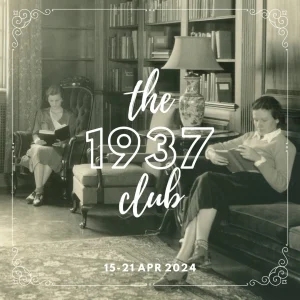The Innocence of Father Brown is a collection of short stories written by G.K. Chesterton, featuring the titular character Father Brown, a Catholic priest who possesses a keen sense of deduction and a remarkable insight into the human psyche. First published in 1911, the book has since become a classic in the detective fiction genre, thanks to its unique approach to crime-solving and Chesterton’s engaging writing style.
The book is divided into twelve stories, each of which follows Father Brown as he solves various crimes and murders. What sets Father Brown apart from other detectives is his approach to solving crimes, which relies heavily on his knowledge of human nature and his understanding of the motivations and desires that drive people to commit heinous acts. He is not interested in the physical evidence or the scientific methods of detection, but rather in the psychology of the criminal.
In the first story, “The Blue Cross,” Father Brown crosses paths with a notorious thief named Flambeau, who is trying to steal a valuable religious artifact. Father Brown outwits him by anticipating his every move and understanding his motives. This sets the tone for the rest of the book, as Father Brown continues to use his insights into human nature to solve a variety of crimes.
One of the strengths of The Innocence of Father Brown is Chesterton’s ability to create vivid characters and settings that come alive on the page. Each story takes place in a different location, from a small village in France to the streets of London, and Chesterton’s descriptions of these places are rich and evocative. The characters, too, are well-drawn, with distinct personalities and quirks that make them memorable.
Another strength of the book is Chesterton’s writing style, which is both engaging and witty. He has a talent for turning a phrase and creating memorable lines, such as when Father Brown describes his approach to detection as “the process of elimination with a vengeance.” Chesterton’s writing is also imbued with a sense of humor that keeps the stories from becoming too dark or serious.
Despite its many strengths, The Innocence of Father Brown does have some weaknesses. One of the main criticisms of the book is its formulaic nature. Each story follows a similar structure, with Father Brown arriving on the scene, observing the people and the surroundings, and eventually deducing the identity of the criminal. While this formula works well in the individual stories, it can become predictable and repetitive when reading the book as a whole.
Another criticism of the book is its portrayal of women. While there are a few female characters in the stories, they are often relegated to the role of damsels in distress or love interests for the male characters. This is not uncommon for books of this time period, but it can be off-putting for modern readers.
The Innocence of Father Brown is a classic of the detective fiction genre that still holds up today. Chesterton’s engaging writing style, vivid characters, and unique approach to crime-solving make it an enjoyable read, despite its formulaic structure and outdated portrayal of women. If you’re a fan of detective fiction, or just looking for an engaging and thought-provoking read, The Innocence of Father Brown is definitely worth a look. You can by a copy from Amazon here.






Leave a comment